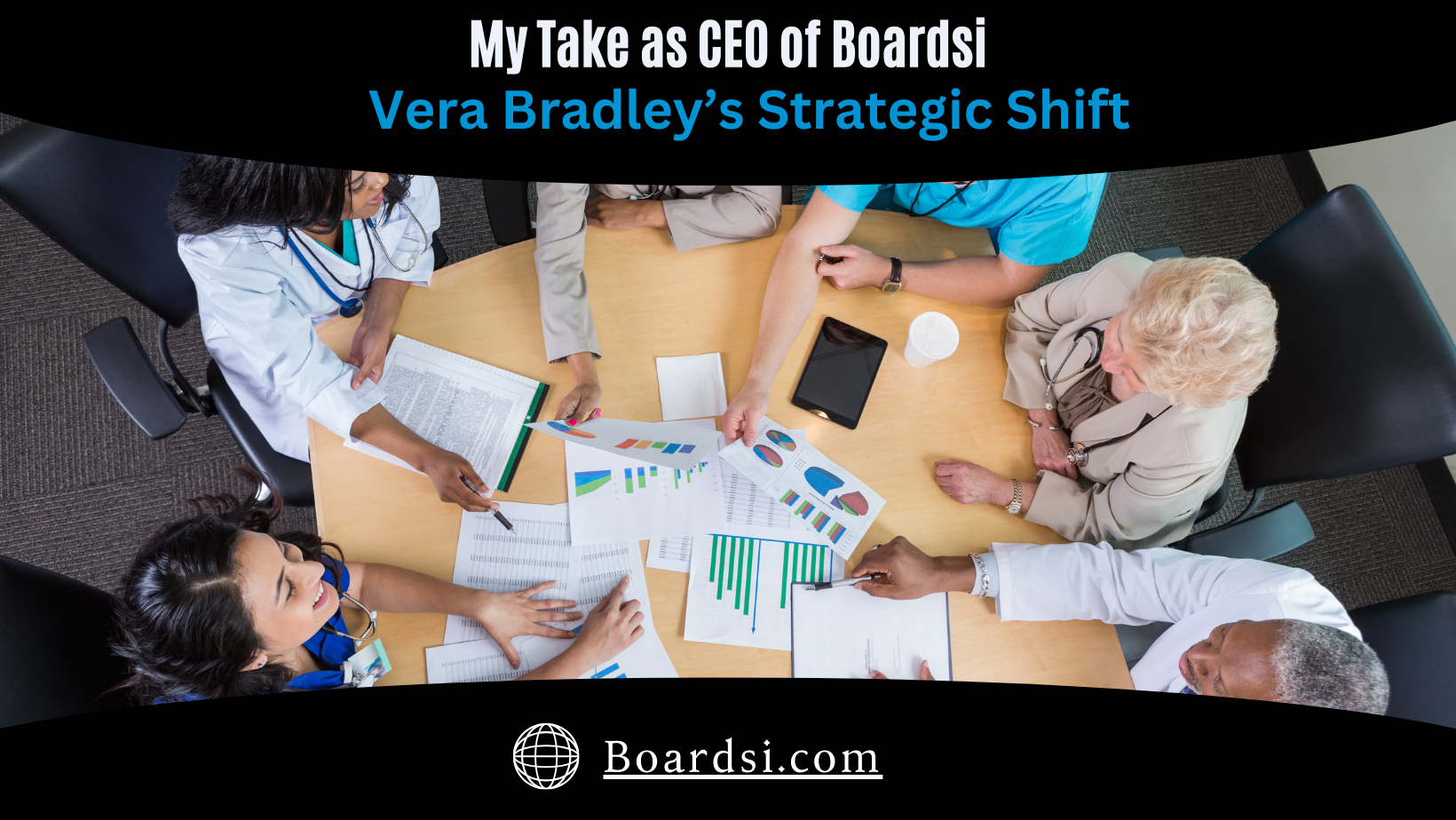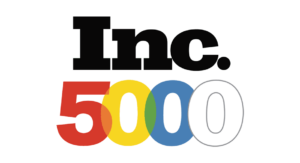When companies look for board members, they look for leaders with the right experience, education, and qualifications. And since board diversity drives stronger company performance, board member hopefuls should take care to highlight any applicable areas of diversity—like gender, ethnicity, experience levels, or economic background, for example. But otherwise, how do people get noticed and recruited by boards?
The bow that ties together how you present and sell your experience, diversity, and leadership skills is your personal brand—an essential asset to becoming a board member today.
CULTIVATE A BRAND
Cultivating a personal brand establishes you as an expert in your field and should start long before even seeking board membership.
Early on, I started writing articles and doing podcasts, but it wasn’t until I wrote and published a book that I really started to feel the impact of my personal branding. Companies began seeking me out and courting me onto their boards. When you already have yourself on the record as having written an expert opinion or speaking at a conference, people searching you out for a preliminary screening find professionalism and authority. Establish your strengths and experiences so that when you arrive at an interview for a board, you have proof to back up your credentials.
Most employers these days check a candidate’s social media accounts when making hiring decisions, so make sure your public image matches your professional brand. More than half of employers have encountered on social media reasons to dismiss a candidate, while nearly another half say they have ended up hiring a candidate because of what they saw. Some companies are even running AI personality tests through candidates’ LinkedIn profiles to identify leadership traits and red flags. Before even getting to the point of seeking out a board position, it’s important to curate your online presence to represent everything you would want someone to discover.
SHOW THEM YOU ARE BOARD MATERIAL
The board document is the most important personal branding tool you can present to a board. Think of a board document as a way to sell your skills to potential boards by highlighting your relevant qualifications. Unlike a resume that focuses on management style, however, a board document goes to the next level and focuses specifically on your leadership skills.
Your board document should include everything you’ve acquired in your field that would showcase your authority—from certifications and education to past board experience and what was included in that role. Identify your key strengths and core leadership traits, like communication style, delegation skills, and learning agility. Elaborate on your mission, vision, and values and how they play into your approach to board work. Consider hiring a professional to write a biography that summarizes this experience to most effectively tell your story as a leader.
SHOWCASE WHAT MATTERS
Companies recruiting board members are looking for leadership qualifications, so here’s what applicants can focus on to present themselves in a way that companies want.
Demonstrate leadership over management. When you’re looking for a board-level position, you would come to the company as a guide to lead it or direct its board, but not to take it over as its CEO. The company wants someone to advise it, not manage and run it, so keep your focus on leadership skills and how your advice would be critical to guiding a company’s journey.
Start writing and publishing. Maybe you have enough material for a book, but if not, you can start by finding some hot topics in your field and write articles or blog posts on social media. Get a guest appearance on a relevant podcast—or start your own. You can also demonstrate an awareness of innovation in your field by finding relevant leadership articles and sharing them with your community.
Building a personal brand should start with social media, especially professional sites like LinkedIn. Our in-house research has found that while missing or unprofessional images, no biography, or a lack of assets like education, experience, and certification cause employers to pass on a candidate, richer LinkedIn profiles lead to a higher chance of nabbing an interview. Spruce up your professional profiles and set yourself up for success.
When thinking about joining a board, consider your own qualifications and how they can contribute to a specific company. Make sure to do the appropriate research to ensure your mission, vision, and values align with being on their board. But most important: start cultivating a brand that demonstrates your skills as a leader—and soon. Branding yourself correctly lets you present your strengths more effectively, make it through to the other side of interview screening more easily, and get that seat on a board.
Martin Rowinski is the CEO of Boardsi, a corporate board recruitment company.
Source: Fast Company









